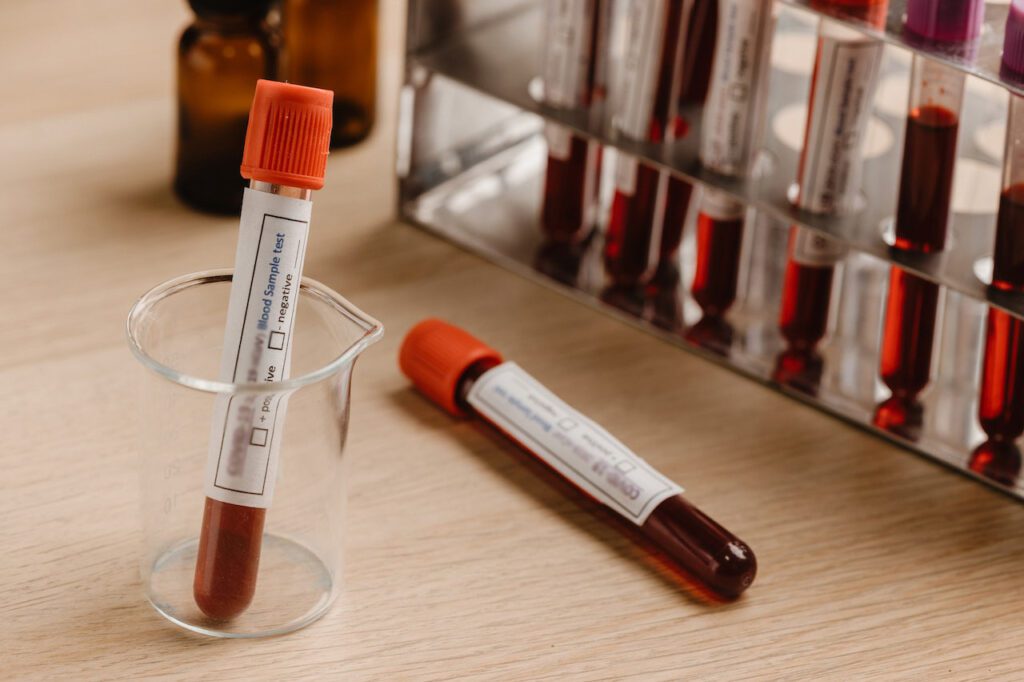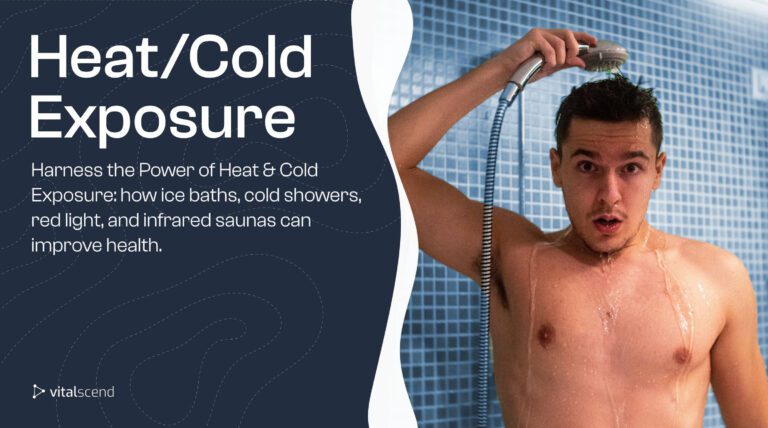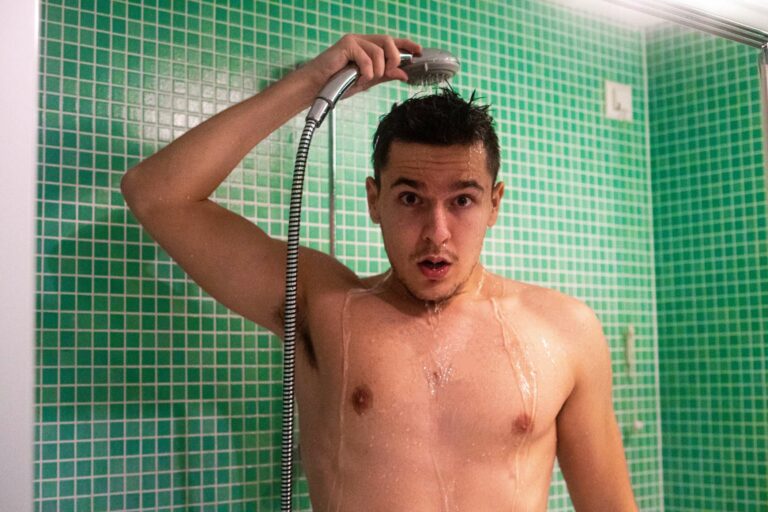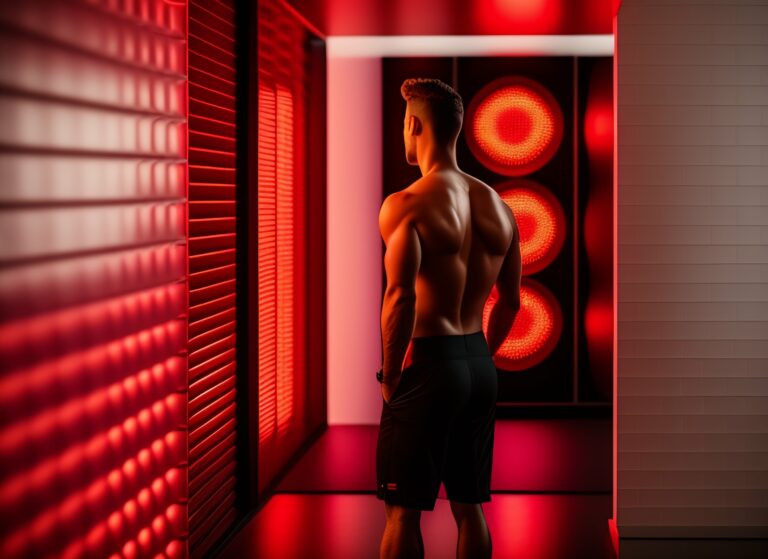Sauna and Heart Health – 6 Cardiovascular Benefits of Sauna
If you wonder whether taking a hot and steamy session at the sauna pays off for your heart, this is the right place. We’ll see the interplay of sauna and heart health, as well as explain the potential mechanisms and science behind the cardiovascular benefits of sauna.
From improving circulation and heart rate variability, to why Finns are so healthy, happy, and live longer, we cover it all. Discover whether investing in a sauna or visiting local spa centers can lead to a longer life, more energy, and vitality. Enjoy!
Sauna and Heart Health
Entering a steaming hot sauna is a physiological stressor in itself. The body responds by increasing heart rate, redistributing blood flow to the skin, stimulating sweat, etc. Your blood vessels open up, circulation is improved, and internal detox is stimulated.
Health has a lot do to with adaptability. As with exercise you become stronger or can run a longer distance, your body has undergone adaptations to allow you to do so. Whether you’re doing hot or cold exposure, running, or lifting weights, your body adapts.
Heat in itself is a great stimulus for the cardiovascular system. It activates the autonomic nervous system and stimulates the sympathetic. This leads to an adaptation that results in relaxation, lowering blood pressure, and reducing arousal later on.
Fun Fact
Heat exposure in a hot sauna, whether dry or humid, leads to significant physiological adaptations. As a stimulus, it’s similarly as powerful as aerobic exercise at a moderate intensity, especially as it relates to stimulating the cardiovascular system.
Finland Longevity: Why Are Finns So Healthy?
The Finns are rated among the happiest and healthiest people on the planet. Does the use of sauna have something to do with it? Sauna originates from the words sow and nah which means bathhouse in Finnish. It has deep roots in Finnish culture representing their way of life.
Imagine living in a country at 0°C most of the year, surrounded by snow, a wooden interior, cozy surroundings, and hot drinks. You enter the sauna in your home, heated by wood burning in a stove. The smell of wood smoke embraces you as you take the basket filled with water, spilling it onto a tray of rocks. Humid air pops out slowly gliding on your skin, provoking your sweat to evaporate.
Especially in such cold places, saunas are phenomenal. It’s the contrast we get from the cold, our blood vessels constrict, our brain freezes and our muscles shake from contractions. The best therapeutic, yet enjoyable activity is a steaming hot bath.

Some Reasons why Finns may be as healthy, satisfied, and happy:
- one of the best healthcare systems in the world
- heat exposure enjoyed in saunas, increase in heat shock proteins (HSP)
- higher acceptance of negative emotions at tough times
- cold exposure boosts immunity, energy, and mental clarity
- intrinsic affinity for trusting each other
- deep relationship rooted in nature and community-creation
- high-quality non-processed and nutrient-dense foods
- Finns eat a lot of seafood, fish, and salmon high in omega 3
Fun Fact
Having such cold-to-heat shocks helps Finns develop HSP or heat shock proteins. A special group of proteins that enhances the adaptative response and resilience to extreme temperature change, both hot and cold.
Science of Sauna (Mechanisms, Physiology)
The science of sauna explores the underlying pathways and physiology behind the way sauna works. There’s a long-lasting history of sauna use, the first one dating around 2,000 BC in Northern Europe, of course. Hot saunas made their way into many homes, hotels, and spa centers for a reason. And it’s not just comfort and enjoyment.
Athletes use it to recover faster and improve performance. Biohackers install infrared saunas in their homes for skin health, muscle recovery, and internal detox. People use it for arthritis pain relief, heart health, and a full detox. (1) But how does it work?
Potential mechanisms behind the benefits of Sauna
- improving blood circulation by enhancing endothelial function and increasing Nitric Oxide (NO) production (2)
- reducing inflammation and oxidative stress, longevity-enhancing effects (3) (4)
- improving cholesterol profile or circulatory lipid concentrations (HDL, LDL, TCH, TGL) (5)
- improving arterial stiffness, elasticity, and compliance (6)
- increase in growth hormone, anti-aging effect, and regeneration (7)
- modulation of the autonomic nervous system, an adaptation that leads to relaxation (8)
- excretion of toxins (detox), heat-shock proteins modulation, and immunity-boosting effect (1)
Conclusion
There are numerous pathways behind the benefits of sauna. Some of them work directly on the cardiovascular system, affecting HR, HRV, and Cholesterol. Other work on metabolic pathways, third on endocrine responses stimulating hormonal changes.
What are the health benefits of using a sauna?
Numerous health advantages of saunas have been demonstrated, including improving cardiovascular health, assisting in weight loss, lowering stress and anxiety, encouraging relaxation, and better sleep. Additionally, they might strengthen the immune system and lower the risk of developing chronic illnesses.
Can using a sauna be dangerous?
While most people consider saunas to be safe, there are some concerns to be aware of. Dehydration, heat exhaustion, and even heat stroke can be caused by prolonged exposure to the heat, especially in those who already have health issues or are using certain drugs. It’s crucial to drink plenty of water, keep sauna sessions short, and steer clear of them if you have any health issues.

6 Cardiovascular Benefits of Sauna
Lower Blood Pressure and Artery Stiffness
High blood pressure and artery stiffness are some of the major factors contributing to cardiovascular health issues. During hypertension, the heart needs to work hard to pump out blood, and the pressure against the arteries wall increases to detrimental levels.
Sauna may mediate this effect as the long-term adaptative response results in improved blood flow and lower blood pressure.
A study with 102 participants showed a significant decrease in blood pressure after sauna. They were exposed to a single session at 73 °C, 10-20% humidity for 30 minutes. (9)
- systolic blood pressure dropped from 137 to 130 mmHg
- diastolic blood pressure dropped from 82 to 75 mmHg
- systolic BP remained lower after 30 min post-exposure
- plasma creatinine levels increased
Overall, the sauna was beneficial not only as it lowered blood pressure, but it improved arterial stiffness and certain blood biomarkers. Sauna exposure also reduced mean arterial pressure and pulse wave velocity, with some of the changes lasting over 30 minutes. (10)
A follow-up study in Finland, with a large sample of 1,621 men shows men undertaking 4-7 sauna sessions weekly – effectively reduced the risk of developing hypertension in the next 24.7 years by a whopping 47%. (11)
Conclusion
Frequent sauna exposure has been associated with reduced cardiovascular risk and hypertension, while acute sauna sessions may lower blood pressure and improve arterial stiffness and elasticity.
Increase in Heart Rate / Exercise Stimulus
Exposure to heat, whether in a dry or humid sauna or in the deserts of Dubai leads to an increase in heart rate. This mimics a similar intensity to moderate-intensity aerobic training representing a sufficient stimulus for the heart. In a way, sauna sessions are a workout for the heart.
Acutely, sauna at 93 °C and 13% humidity in 19 healthy adults have shown effective increases in both heart rate and blood pressure, as well as oxygen consumption. This heat exposure was equivalent to a load of around 60-100 watts (theoretically, on a cycle ergometer). (12)
Conclusion
Heat exposure causes cardiovascular adaptations that lead to conditioning for extreme heat conditions, leading to improved evaporative cooling. From blood flow increase, heart rate spike, and blood redistribution, saunas can present a sufficient stimulus as moderate-intensity exercise.

Improve Circulation and Increase Nitric Oxide
Circulation is of key importance for a healthy heart. The reason this system works is to transfer oxygenated blood. Better blood flow means higher aerobic performance and capacity to transfer more oxygen, thus creating more energy. Hypertension makes this harder.
Activities that promote sweating stimulate the cardiovascular system, thus resetting and improving its function. The heart needs to work, and the blood needs to circulate so these systems stay functional and intact. That can be a sweaty HIIT session, swimming, or even a hot sauna, the point is to sweat.
Finnish sauna can effectively increase a thing called Nitric Oxide, NO for short. That’s a colorless gas that helps open up our blood vessels, letting more blood to flow easily.
In young healthy males, 10 series of sauna baths successfully altered NO changes. The experiment took 3 weeks, the participants had 3×15-min sessions with 2-minute recovery. This led to an improvement in the antioxidative status and increased the production of nitric oxide. (13)
Conclusion
Sauna sessions provide high heat stressors which require the body to cool off through evaporation. The response is increased nitric oxide which stimulates blood vasodilation, meaning the opening up of the blood vessels which leads to more efficient sweating.
Relaxation and Modulation of ANS
Entering a sauna doesn’t mean immediate relaxation. Our heart rate goes up, the autonomic nervous system is stimulated, and blood flow increases in the skin. So far, it looks like we’re working out, at least on a physiological level.
But these responses lead to an adaptation which helps us relax better afterward. The tolerance and resilience built through such stressors help us function at a lower heart rate per the same heat and humidity. It’s like when lifting weights you tear the muscle, so it becomes weaker, but if you rest and eat protein, it’ll grow stronger.
Research shows sauna exerts stimulatory effects at first, leading to increased heart rate and lower HRV. This can further lead to improved cardiac function such as increased cardiac output. (14)
But wait, shouldn’t we relax? Well, we do. After the cooling down period, HRV increases, the parasympathetic system takes the wheel and helps us enter a rest-and-digest state. (15) This is where relaxation flourishes, hence why sauna deserves a spot in our tips to improve sleep.
Conclusion
Heat exposure has acute stimulatory effects, activating the sympathetic nervous system and increasing heart rate. But the adaptation to it leads to a shift toward parasympathetic NS activation, relaxation, and an increase in (HRV) heart rate variability.
Improve Cholesterol Profile and Lipids
Surprisingly enough, heat can be also a great stressor for improving the lipid profile. As exercise activates the cardiorespiratory system, causing metabolic changes that result in more optimal cholesterol levels, heat can do the same.
In young and active males, sauna bathing led to an improvement in cholesterol profile. Although the increase in HDL, the good cholesterol was not significant, it effectively reduced the total (TCL) and LDL cholesterol. (16)
In 20 young females, Finnish sauna showed similar results. Seven sauna sessions, with one day no-sauna in between lead to a decrease in LDL and Total cholesterol, and an increase in HDL cholesterol, the high-density lipoprotein. (17)
Conclusion
Sauna bathing in young and active people has shown a shift in circulatory lipid levels to a more optimal, favorable cholesterol profile. It decreased LDL and TCL, while increasing the good, HDL cholesterol.
Reduction of Cardiovascular Disease Risk
There a lot of factors that contribute to cardiovascular disease risk. Hypertension, high cholesterol, and poor circulation are some. By looking at all previous sections, we can already get a picture of why sauna bathing may improve heart health.
Specifically, on the topic of CVD prevention, there are two interesting studies:
- In 2.315 Finnish men, a 20.7-year follow-up showed an inverse association between sauna bathing and associated CVD risk of fatal heart diseases, all-cause mortality, and sudden cardiac death. (18)
- In 1.628 Finnish men and women, 15 years follow-up showed regular sauna bathing at 4-7 times weekly reduced stroke incidents by 62%, compared with only 1 sauna session weekly. (19)
Conclusion
It seems that sauna may reduce CVD risk, all-cause mortality, and associated heart issues, as large-cohort studies show an inverse relationship between sauna bathing and CVD risk, mostly in Finnish people.
Is Sauna Practical?
In the Finnish culture, saunas are everywhere so it’s quite convenient to hit a steaming session. Its practicality depends on its availability. If it’s too high for one’s budget and it’s far away, one solution is investing in one. Many people have a sauna in their homes they use daily.
You might be thinking, but am not that rich. But saunas, really aren’t a yacht. A good infrared sauna starts at 2.000$. Plus, you have many cheaper alternatives like sauna blankets and heating pads at 200$.
It all depends on what you use it for. Many biohackers value health and energy so highly, that sauna is like a must-have tool in the house. From skin regeneration to internal detox, sounds like an essential. Athletes also use an infrared sauna to accelerate muscle recovery and boost energy. It all comes down to what your needs are.
Conclusion
- Heat exposure in a sauna can lead to numerous physiological adaptations like improved circulation, sweat efficiency, and muscle relaxation.
- Finnish sauna uses wooden cabins and is heated at 70°C – 100°C, heated by a stove, and has a tray of rocks to spill water onto.
- Infrared saunas aren’t as heat intense, they use infrared light that penetrates deep into the skin, facilitating muscle regeneration, collagen production, and skin repair.
- Most of the benefits of saunas target the cardiovascular system. Adapting to heat leads to better circulation, lower blood pressure, improved heart function, and artery elasticity.
- Saunas can also improve circulation by increasing Nitric oxide production. It improves CVD health by improving cholesterol profile and reducing hyperexcitability, aiding in relaxation.








